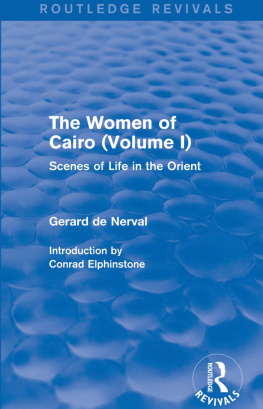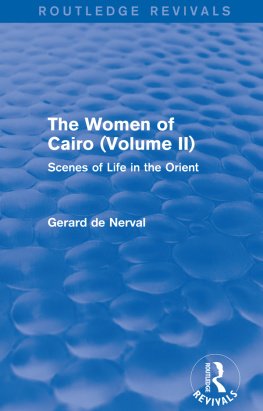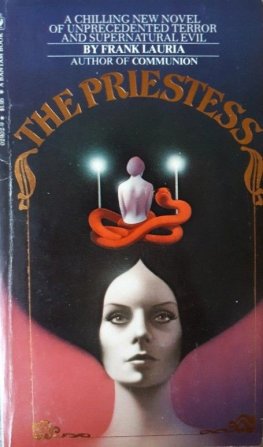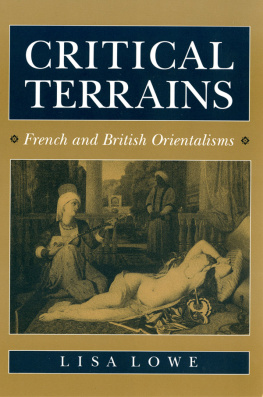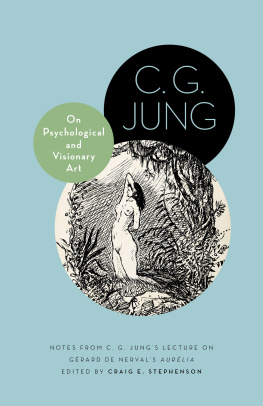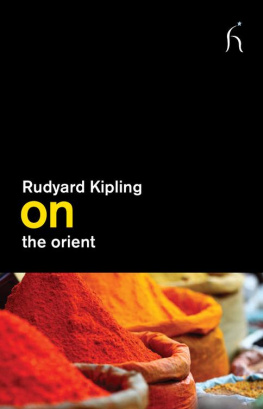First published in 1929
by George Routledge & Sons, Ltd
This edition first published in 2015 by Routledge
2 Park Square, Milton Park, Abingdon, Oxon, OX14 4RN
and by Routledge
711 Third Avenue, New York, NY 10017
Routledge is an imprint of the Taylor & Francis Group, an informa business
1929 George Routledge & Sons, Ltd
All rights reserved. No part of this book may be reprinted or reproduced or utilised in any form or by any electronic, mechanical, or other means, now known or hereafter invented, including photocopying and recording, or in any information storage or retrieval system, without permission in writing from the publishers.
Publisher's Note
The publisher has gone to great lengths to ensure the quality of this reprint but points out that some imperfections in the original copies may be apparent.
Disclaimer
The publisher has made every effort to trace copyright holders and welcomes correspondence from those they have been unable to contact.
A Library of Congress record exists under LC control number: 30012401
ISBN 13: 978-1-138-82674-8 (hbk)
ISBN 13: 978-1-315-73898-7 (ebk)
IBSN 13: 978-1-138-82679-3 (pbk)
Contents
- PART I
COPTIC MARRIAGES - PART II
THE SLAVES - PART III
THE HAREM - PART IV
THE PYRAMIDS - PART V
THE CANGE - PART VI
THE SANTA-BARBARA - PART VII
THE MOUNTAIN
Introduction
MONSIEUR RENE BIZET, the author of a recent Life of Gerard de Nerval, * somewhere makes what, at first glance, seems to be the startling suggestion that there is much in common between his hero and Mr. Charlie Chaplin. He explains that when he sees a Chaplin film The Circus , for example, or A Dog's Life he feels that Chaplin, of all men, might most admirably illustrate by his own art, by the expression, that is to say, of his own personality through that art, the enigmatic personality of the poet.
There is indeed between Grard de Nerval and Charlie Chaplin a common bond of sentimental yearning which expresses itself so simply that its very simplicity astounds us, a simplicity which our own sophistication will not allow us to emulate, but which attracts and holds us. Gerard de Nerval was never a poseur . If he set out through the garden of the Palais Royal with a lobster at the end of a blue ribbon, he did so probably without any desire to create an impression upon the byStanders, and even without any sense of the ridiculous. He is an incorrigible dreamer, whose dreams at times take possession of him and make him unintelligible to those who are incapable of dreaming because they are so bound up in the material things of life. Grard's genius was that of a dreamer.
Chaplin too is a dreamer. His genius consists in his power to express longings that are somewhere inherent in all of us, and this he does so comically that we imagine we are laughing at the absurdity of some grotesque figure's antics, antics of which we ourselves would be incapable. Yet our laughter is always near to tears because we realise, in some unconscious part of us, that Charlie's continual misadventures, his pertinacity in the face of overwhelming disappointments, as he pursues his search for an object which seems always to elude him, are but an image of our own eternal search for an ideal. This ideal, if others could only see into our hearts, if they could only unveil the absurdities of thought and conduct into which that often unacknowledged search leads us, they would find as divertingly ridiculous as the antics which Chaplin's characters perform on the screen.
For the most part, we keep our secrets. Grard de Nerval occasionally lets us into his. " I like to live my life," he tells us, " as if it were a romance, and I am always ready to put myself in the position of one of those active, resolute heroes who must, at any cost, create an atmosphere of drama, interest and action around them." He is content to be deceived, to accept illusion for reality. " You think," he writes, " not that I am in love, but that I think I am in love, as if, so far as results are concerned, it is not the same thing."
He delights in the ridiculous, because, in what appears to be most ridiculous, the most profound truths are ever hidden. Sophistication, and the formality which results from sophistication, are anathema to him. He has no words of scorn cutting enough to castigate the materialistically minded tourist who, unfortunately, is typified for him by the Englishman in Egypt. An old sheik tells him a marvellous story about the origin of the pyramids, and he finds it much more credible than the accepted results of archaeological research. The mysteries of the Druses have an irresistible fascination for him because they make so strong a claim upon his imagination. He is always in eager pursuit of the unknown, because he is always sure that the unknown will bring him nearer his ideal, that ideal which is continually being identified with some new object, though a psycho-analyst would make short work of it and, with a horrid realism, assure us that it had never changed at all. And, though he pretends to be slightly shocked, he is wildly enthusiastic over Caragueuz , the Charlie Chaplin of Constantinople, whose wild misfortunes, reminiscent in some measure of those in A Dog's Life , must have touched an answering chord somewhere within himself.
* * * *
Grard Labruniethe name de Nerval was a pseudonymwas born at Paris in 1808, and spent his childhood near Mortefontaine in Valois. His mother he never knew, and his father, who was an army doctor, did his duty by Grard, but obviously failed to understand him. Father and son were mildly and consistently affectionate to one another, but no confidences passed between them.
In 1826, he published a first little book of poems, Napoln et la France Guerriee, and then began an association with the Mercure de France through which he came into relation with Thephile Gautier, Arsee Houssaye, and the elder Dumas. When he was twenty-six years old, he suddenly fell in love with Jenny Colon, an actress at the Opra-Comique, who was about the same age as himself. We really know very little about this love affair. It seems obvious that to Grard, the actress represented that phantom ideal of which he speaks so often, if indirectly, in his books. She was his Queen of Saba, possibly even she inspired the picture of the Druse maiden whom, he tells us in this book, he wished to marry, though the Fates ordained otherwise. His admiration for his Aurelia, an admiration which he seems to have realised was hopeless, set him. off upon a new career of imaginative life, through new realms of dream and phantasy, which, on the one hand, led to such enterprises as the voyage to the Orient, and, on the other, to the madhouse.

